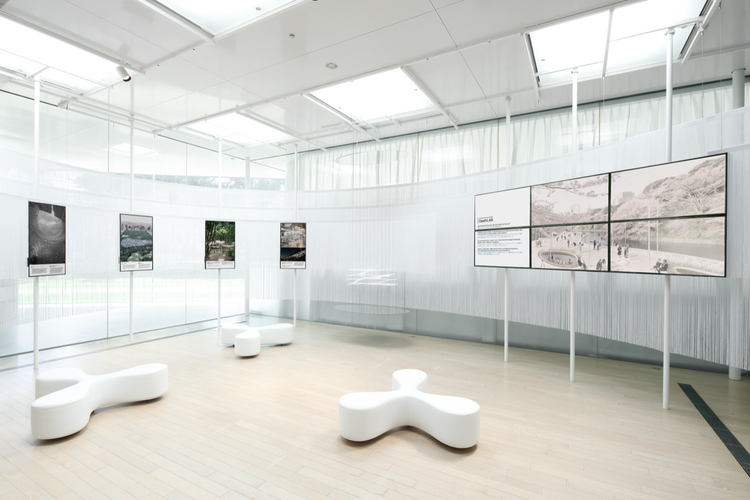
Democratizing Death exhibit co-curated by Yohsuke Takahashi with the DeathLAB
21st Century Museum of Contemporary Art, Kanazawa
July 7, 2018 - March 24, 2019
Photos by Keizo Kioku.


Democratizing Death exhibit co-curated by Yohsuke Takahashi with the DeathLAB
21st Century Museum of Contemporary Art, Kanazawa
July 7, 2018 - March 24, 2019
Photos by Keizo Kioku.

Democratizing Death exhibit co-curated by Yohsuke Takahashi with the DeathLAB
21st Century Museum of Contemporary Art, Kanazawa
July 7, 2018 - March 24, 2019
Photos by Keizo Kioku.

Democratizing Death exhibit co-curated by Yohsuke Takahashi with the DeathLAB
21st Century Museum of Contemporary Art, Kanazawa
July 7, 2018 - March 24, 2019
Photos by Keizo Kioku.

Democratizing Death exhibit co-curated by Yohsuke Takahashi with the DeathLAB
21st Century Museum of Contemporary Art, Kanazawa
July 7, 2018 - March 24, 2019
Photos by Keizo Kioku.

Democratizing Death exhibit co-curated by Yohsuke Takahashi with the DeathLAB
21st Century Museum of Contemporary Art, Kanazawa
July 7, 2018 - March 24, 2019
Photos by Keizo Kioku.

Democratizing Death exhibit co-curated by Yohsuke Takahashi with the DeathLAB
21st Century Museum of Contemporary Art, Kanazawa
July 7, 2018 - March 24, 2019
Photos by Keizo Kioku.






















